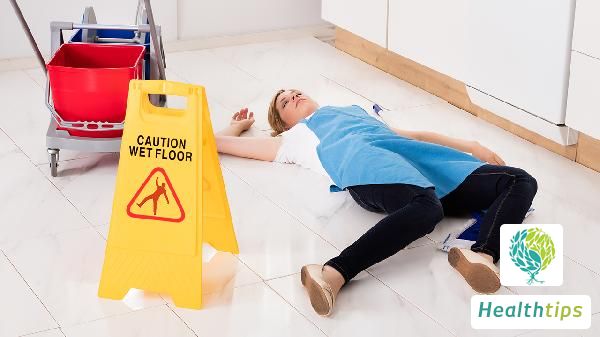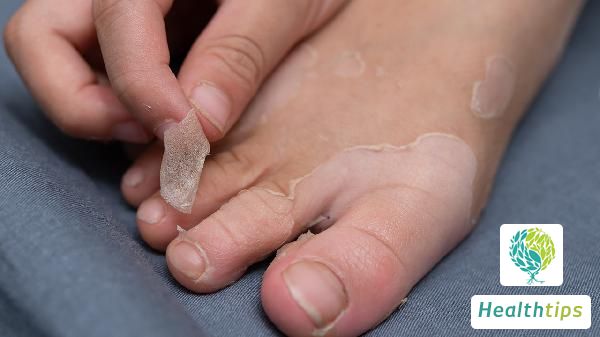"Four Key Indicators of Healthy Pelvic Area: How Women Should Nurture It?"
In other words, have you ever worried about your pelvic cavity? Never! I've concerned about my uterus, vagina, and ovaries, but I never thought about taking care of my pelvic cavity. I believe most women, like me, only realize there could be issues with their pelvic cavity when it's inflamed or has fluid accumulation. Is your pelvic cavity healthy? The health of your pelvic cavity mainly depends on four points:

1. Squeezing the Eight Liao Points
The eight Liao points are divided into eight spots, four on the left and four on the right, categorized as upper, secondary, middle, and lower points, located specifically in our lumbar and sacral regions. Simply put, when lying flat, they correspond to the two indentations on your buttocks, commonly known as the beautiful hollows below. Squeezing these points, if they feel soft, indicates uterine health.
2. Observing the Shape of the Buttocks
(1) Posterior protrusion: Prominent bones can lead to gynecological inflammation, pelvic fluid accumulation, and retroverted uterus.
(2) Flat type: Prone to tumor diseases, internal heat, dry skin, irritability, and bad temper.
(3) Pigmentation: Stasis, prolonged sitting causing skin compression, and long-term obstruction of qi and blood circulation leading to pigmentation.
(4) Sagging: Vulnerable to tumor diseases, gynecological inflammation, pelvic fluid accumulation, multiple cysts, and most prone to canceration.
(5) Expansion: Uterine prolapse, uterine sequelae, back pain, irregular menstruation, excessive menstruation, and urinary incontinence.
3. Checking the Temperature
Low temperature and coldness in the buttocks and kidney area indicate pelvic obstruction and the accumulation of cold and dampness.
4. Pressing the Huantiao Point
The Huantiao point is located horizontally with the end of the gluteal cleft, 3 inches away from the posterior midline. If pressing it causes pain, it indicates an unhealthy reproductive system and susceptibility to gynecological diseases. The Huantiao point is the best acupoint for regulating gynecological inflammation.
How Women Should Care for Their Pelvic Cavity
1. Pay attention to menstrual hygiene and general vaginal hygiene: During menstruation, the shedding of the endometrial lining leads to the expansion of blood sinuses, creating a favorable environment for bacterial growth. If personal vaginal hygiene is neglected at this time, using unsanitary sanitary pads or engaging in sexual activity during menstruation can easily allow pathogens to invade the reproductive tract, spreading upwards and causing pelvic inflammation. Regular vaginal cleaning, frequent changing of underwear, and maintaining cleanliness and dryness in private areas are also essential.
2. Moderate sexual activity with proper hygiene before and after: Sexual intercourse is also a significant cause of pelvic inflammation. Excessive sexual activity, neglect of local cleanliness, repeated sexual acts without timely urination or cleaning, and even engaging in sexual activity during menstruation can all lead to the entry of vaginal bacteria from the outside, disrupting the normal flora balance of the vagina, causing rapid bacterial growth and reproduction, and ultimately leading to pelvic infection and inflammation.
3. Improve your own resistance: There are pathogenic bacteria in the female vagina. When you are physically strong, these bacteria do not cause trouble. However, once your resistance decreases, pathogenic bacteria can take advantage and cause pelvic inflammation. Therefore, ladies, pay attention to enhancing your physical strength and resistance. The most important aspects of improving physical strength are regular work and rest, a balanced diet, appropriate exercise, and maintaining a good mindset.
4. Combine work with rest: Prolonged sitting can also lead to pelvic inflammation. Many office ladies often sit for extended periods to handle documents, maintaining a seated position for a long time. Due to lack of activity, pelvic venous return is obstructed, leading to excessive congestion and pelvic inflammation. Therefore, pelvic inflammation has become a common gynecological disease among many office ladies who sit for extended periods. It is recommended that female friends who often sit in the office get up and walk around after prolonged sitting and participate in sports activities such as yoga after work.



















